
70. Imperial Settlers designed by Ignacy Trzewiczek
Back to the card driven games! Imperial Settlers is an engine building civilization-ish game. I say this because I do not really connect with the theme while playing the game. I am waaaaaaay more focused on my resource generation, management and how that generates victory points. There is always something to learn when playing Imperial Settlers because of the different combinations of cards for each faction. I also enjoy the soloplay variant and it allows me to further explore the factions and the different strategies that accompany them. I do not own any faction expansions but love the expandability potential of the game.
69. Ticket to Ride designed by Alan R. Moon
Ticket to Ride will always hold a special place in my heart because it is the first modern board game I ever bought. After playing a game of Catan with family, it was recommended to us to try Ticket to Ride. I accidentally walked into a board game store with my partner (I thought it was a comic book shop) and saw Ticket to Ride on the shelf. Our reasoning: “We both like games a lot… let’s get it!” And that is how we slipped down the slope of the wonderful hobby of board games. It will always be on our shelf. Plus, I mounted a Seattle fan made map to the back of the original board!
68. Among the Stars designed by Vangelis Bagiartakis
Drafting is one of the mechanics I never get tired of. There is something in the simplicity of pick and pass that keeps me coming back. Among the Stars makes my list because of the card laying spatial mechanic and how different cards combo to score points based on what they are near or close to. Among the Stars has fast-paced gameplay and turns generally go fast. When all is said and done, this game is the perfect length for a lighter drafting game with a good fill of strategy. My only gripe with the game (and maybe the reason it is not higher on my list) is the square cards – so hard to shuffle!
67. Trick of the Rails designed by Hisashi Hayashi
Trick of the Rails is quickly becoming one of my favorite trick-taking games because it adds a complexity of a stock market on top of the traditional trick taking mechanisms. Rounds alternate between a stock round and a track round. in the stock round, the winner of the tick takes the stock up for grabs while the other players takes the card that they played as stock. Each suite represents a different railway company. In a track round, the winner of the trick gets to place an engine which determines the scoring potential of that railway. Every other player gets to place the card they played as track on the appropriate company. There is definitely strategy to the game and after a handful of plays, I am still learning.
66. Roll for the Galaxy designed by Wei-Hwa Huang and Thomas Lehmann
I almost cut Roll for the Galaxy from my list altogether because of the obnoxious cups. The cups literally ruin this game. BUT I put it on here because I do like the game play, choices, and variety that it provides. Through the use and allocation of dice, players are exploring, settling planets, developing technologies, producing goods, and selling/consuming those goods. It’s a neat engine builder with a component of timing your actions with your opponents to be the most optimal player.
65. Trickerion designed by Richard Amann and Viktor Peter
I fell in love with this them immediately. I remember growing up, there use to be a plethora of magician performances broadcasted on television. Once I saw this on Kickstarter, although i could not back it, I kept it in my mind to play. In this game, players are competing magicians trying to put on the best magic shows week after week. My first play of Trickerion was rough. It was a four player game where three of us were learning the game. There seems to be so much going on and I think this is attributed to the all the spells which players have access to right off the bat. But really, I don’t think the game is overly complicated and the worker placement/action selection mechanism is pretty straightforward. Trickerion is a game where in the first couple of plays, it is good to focus in on a narrow strategy and with more plays, explore the depth of the gameplay.
64. Asking for Trobils designed by Erin McDonald and Christian Strain
This is a worker placement game where you are sending your spaceships out (your workers) in order to get resources to catch these pesky little beings, Trobils. One your turn you can either play a worker to a spot or take all of your workers back. A player is never really blocked out of a spot since you can bump another player if you really need to take that action. Players are competing to be the best pest exterminator in the galaxy by using traps and lures and then throwing the Trobils into the sun. When you stop to think about it, it is pretty harsh… but the game itself is light and has cute artwork. This is a worker placement game that I think is often overlooked and deserves more attention.
63. Viceroy designed by Yuri Zhuravljov
Do you like good artwork and combos?! The Viceroy may be the card game for you! Each round players simultaneously bid on cards with gems and then take turns building cards into their ‘pyramid of power.’ But really, players are playing cards in order to build combos in order to score points at the end of the game. Depending on where the card is built in the pyramid, the player gains a different reward – the higher up in the pyramid, the better the reward but the higher the cost. The one part of the game I could take or leave is the rule where if players bid on the same card, they lose their gem and they can bid on another card.
62. Antarctica designed by Charles Chevallier
When I saw the board to Antarctica, I knew I had to play this game. My first play of the game was rough because the translated rules are pretty horrendous. After slogging through the rules, Antarctica is a very simple area majority game where players are vying over different parts of Antarctica by building buildings and dropping their scientists. Players do this by moving their ships around the outside of the board, activating different regions and gaining access to different resources. The scoring is pretty unique as well and threw me for a loop the first couple of plays.
61. Chimera designed by Ralph H. Anderson
Latter climbing! Latter climbing! I grew up playing this game we called 13. It is a basic latter climbing game and I think it is why I have an affinity for them. Chimera was designed as a three player only game (recently expanded to include a five player variant. Once the hands are dealt, players bet points on if they will go out first. Once a player wins the bet, the other two players now are trying to stop the one player from going out first. I think this is a neat idea where partnerships change from round to round and you have to manage your hand well in order to go out first!
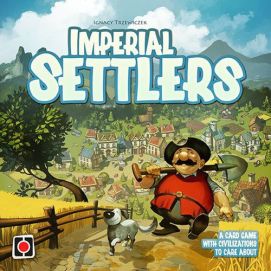
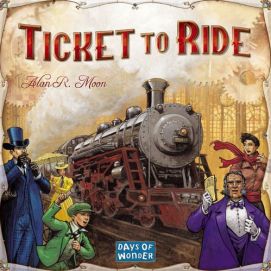
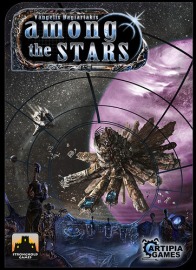
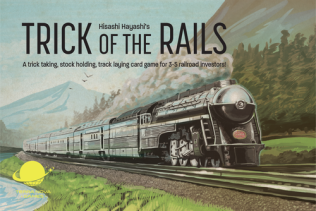
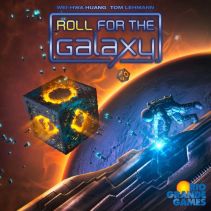
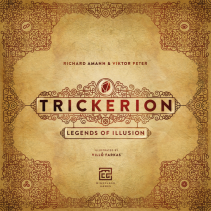
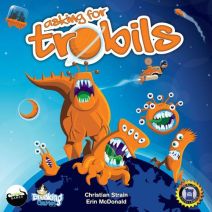
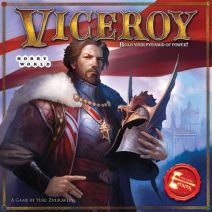
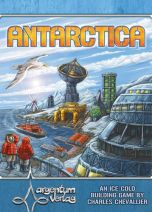
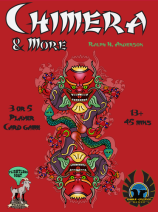
Discussion
No comments yet.